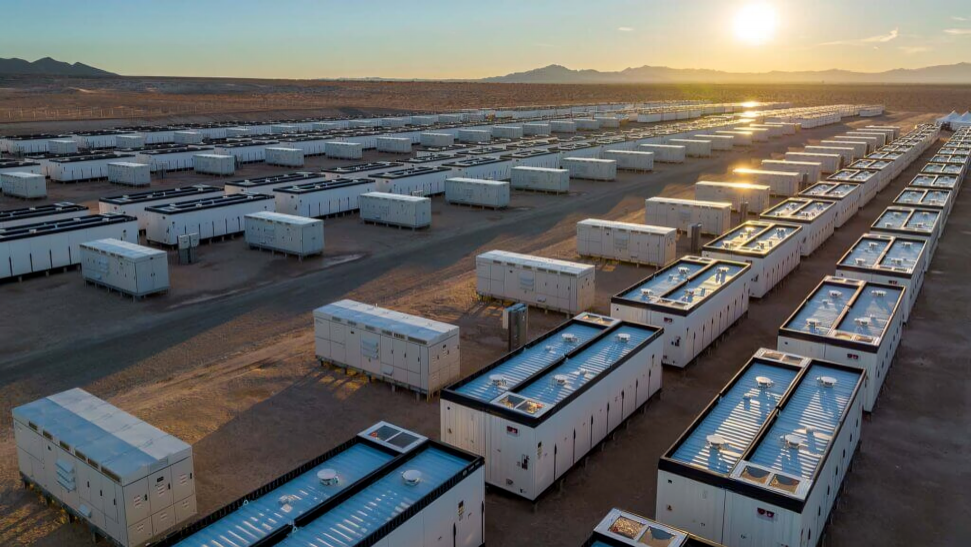Introduction
The energy storage market is witnessing rapid growth due to the rising demand for renewable energy sources, technological advancements, and the need for efficient energy management systems. Energy storage systems (ESS) are crucial in storing excess energy produced during periods of low demand for later use when the demand is high.
These systems play a significant role in stabilizing the energy grid, supporting the integration of renewable sources like solar and wind, and enhancing the overall efficiency of energy consumption. Energy storage technologies include batteries, pumped hydro storage, and thermal storage, with a variety of applications in both industrial and residential sectors. The global push for cleaner, greener energy solutions, along with government policies encouraging renewable energy adoption, is expected to further propel the growth of the energy storage market.
Categories
The energy storage market can be categorized based on the type of technology used, the application, and the end-users.
By Type:
Batteries: These are the most commonly used energy storage systems, offering various types such as lithium-ion, lead-acid, sodium-sulfur, and flow batteries. Lithium-ion batteries, in particular, dominate the market due to their high efficiency, long lifespan, and decreasing cost.
Pumped Hydro Storage: This is a form of large-scale energy storage that uses water reservoirs at different elevations to store energy. The process involves pumping water to a higher elevation when excess energy is available and releasing it to generate power when demand increases.
Thermal Energy Storage: This involves storing heat energy, often in molten salts or other mediums, to be used later in power generation or industrial applications.
Flywheel Energy Storage: Flywheel storage systems store energy in the form of rotational energy. They are particularly useful in balancing short-term power fluctuations and ensuring grid stability.
Compressed Air Energy Storage (CAES): In CAES systems, excess electricity is used to compress air, which is then stored in underground caverns. The stored air is released to generate electricity when needed.
By Application:
Grid Storage: Energy storage systems are used to stabilize and balance energy supply and demand within the grid. They help in peak shaving, frequency regulation, and grid stabilization.
Renewable Integration: ESS plays a key role in facilitating the use of renewable energy sources by storing excess energy generated during periods of high production, such as sunny or windy days, and releasing it during periods of low production.
Electric Vehicles (EVs): With the increasing adoption of electric vehicles, energy storage systems are crucial for managing vehicle batteries, ensuring efficient energy use, and improving charging infrastructure.
Industrial & Commercial: Many industries and businesses use energy storage solutions to manage their energy consumption more effectively, reduce costs, and improve their overall energy resilience.
Residential: Homeowners are increasingly investing in energy storage systems to store power generated from solar panels, ensuring a reliable and independent energy supply.
Key Players in the Market
Some of the leading companies driving innovation and growth in the energy storage market include:
Tesla, Inc.: Known for its development of advanced lithium-ion battery technology and its Powerwall home storage solution.
LG Chem: A key player in the global battery manufacturing industry, providing high-quality energy storage systems for various applications.
Siemens AG: Involved in providing integrated energy storage solutions and grid management technologies.
Samsung SDI: A major manufacturer of lithium-ion batteries for electric vehicles and energy storage systems.
BYD Co. Ltd.: One of the largest manufacturers of electric vehicles and energy storage products in the world.
These players are continually investing in research and development to enhance the performance, efficiency, and cost-effectiveness of energy storage systems.
Regional Analysis
The energy storage market is expanding across various regions, with significant growth observed in North America, Europe, and Asia-Pacific.
North America: The North American market is driven by increasing investments in renewable energy sources, government incentives, and advancements in battery storage technologies. The United States is a key player in the adoption of energy storage systems, particularly in grid storage and electric vehicle applications.
Europe: Europe is actively pursuing green energy goals, with countries like Germany, the UK, and France investing heavily in energy storage technologies to support renewable energy integration. European Union policies and funding for clean energy are accelerating market growth.
Asia-Pacific: The Asia-Pacific region is seeing rapid growth due to the increasing demand for renewable energy and electric vehicles. Countries like China, Japan, and South Korea are major contributors to the energy storage market, driven by government policies promoting green energy and investments in research and development.
Rest of the World: Latin America and the Middle East are emerging as key markets for energy storage, particularly in the context of energy resilience and integration of renewable resources.
Energy Storage Market Outlook
The energy storage market is expected to continue growing at a robust pace, driven by advancements in battery technologies, the global shift toward clean energy, and the need for grid stability. The market is also witnessing a growing interest in large-scale storage projects, particularly in the form of lithium-ion batteries and pumped hydro storage. As technology evolves, the cost of energy storage systems is expected to decline, making them more accessible to both residential and commercial consumers.
View the Full Report: Report Prime









